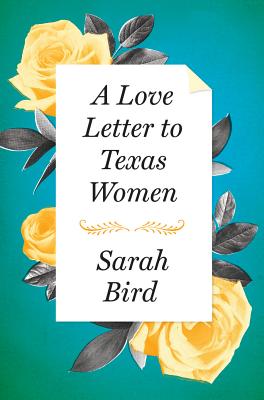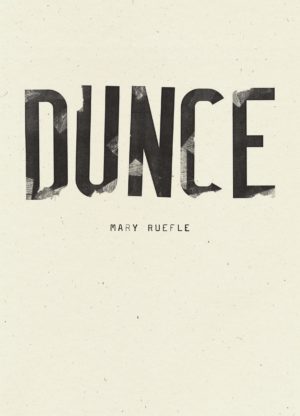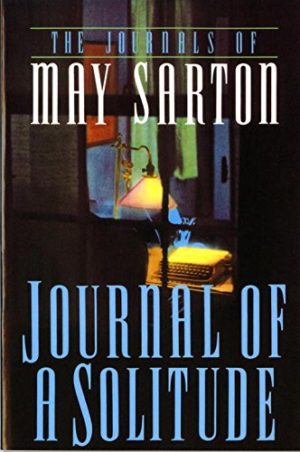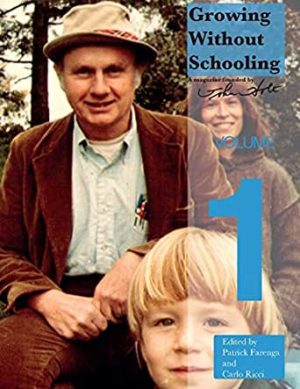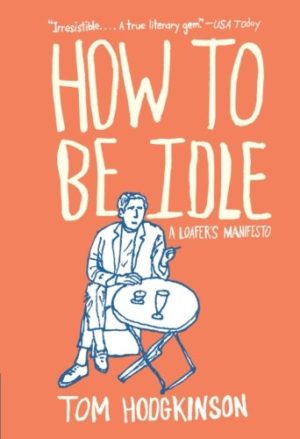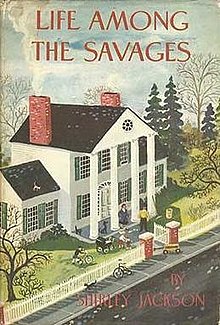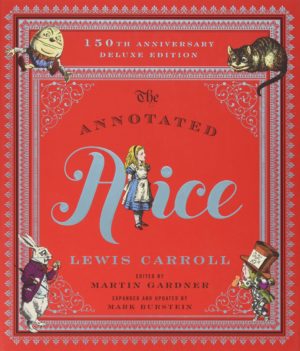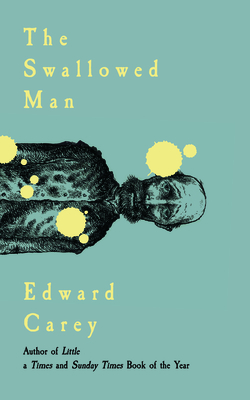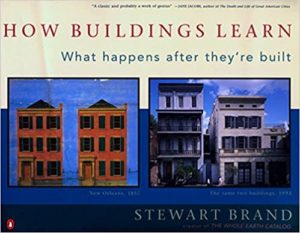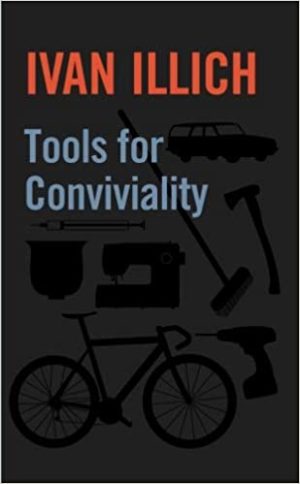We had such a wonderful winter, and then…well, you know. Despite the pains of quarantine, I got a lot of reading done this spring. Here are 10 good books I read, in the order I read them:
A Love Letter To Texas Women
Sarah Bird
A lovely, slim book about Texas and the women who live here. I love her scenes of day-dreaming while wandering the aisles of HEB and how she writes about “neighboring,” the quality she most admires in Texas women, the “bone-deep instinct to be friendly to anyone who might cross one’s path.” (Rooted in the loneliness and struggle to survive in an often hostile frontier.) [Buy indie]
Dunce
Mary Ruefle
I’m a huge fan of Ruefle’s essay collection, Madness, Rack, and Honey, but it’s taken me a while to fall in love with her poetry. This collection did the trick. I love Ruefle’s sense of wonder, her way with images, and her sense of humor. (And her erasures, of course, which she’s as crazy about as I am.) [Buy indie]
Journal of a Solitude
May Sarton
Are you detecting the pattern here? At the beginning of quarantine, the writers who gave me the most comfort were women grappling with art and domesticity. Other diaries I read: Eleanor Coppola’s Notes on a Life and Anne Truitt’s Daybook. The three diaries speak to each other in really interesting ways, and I recommend them all. [Buy indie]
Growing Without Schooling, Vol. One
John Holt
John Holt started his newsletter in 1977, “about ways in which people, young or old, can learn and do things, acquire skills, and find interesting and useful work, without having to go through the process of schooling.” I read an issue every day, tweeting out my favorite bit. A remarkable countercultural document of parents trying to figure out how to help their children learn from home at a time when homeschooling was, in many states, illegal. (Read my blog post about it.)
How To Be Idle: A Loafer’s Manifesto
Tom Hodgkinson
We’ve had Hodgkinson’s manifesto hanging on the fridge for years now, but I’d never bothered to read this. Tons of references to some of my favorite books, like Robert Louis Stevenson’s An Apology for Idlers and Lin Yutang’s The Importance of Living. I also enjoyed Hodgkinson’s book about parenting, from The Idle Parent. [Buy indie.]
Life Among The Savages
Shirley Jackson
Speaking of parenting, I’d read both of Shirley Jackson’s most famous novels, The Haunting of Hill House and We Have Always Lived in the Castle, but I was not ready for how much I loved her book about motherhood, Life Among The Savages. It was so funny I would stop and read excerpts out loud to my wife until she read it, too. Looking forward to reading the sequel, Raising Demons. (I also enjoyed the introduction of Ruth Franklin’s biography of Jackson.) [Buy indie.]
The Annotated Alice
Lewis Carroll
This books collects Alice’s Adventures in Wonderland and Through The Looking-Glass, along with excised chapters, alternate illustrations (thought Tenniel’s are, in my opinion, unbeatable), and other ephemera. The stories are worth reading on their own, but the annotations give you a good context for what Carroll was doing. [Buy indie.]
The Swallowed Man
Edward Carey
I’ve written about Carey several times on this blog, and his novel, Little, was one of my favorite reads of 2019. He sent me an advance copy of The Swallowed Man, which tells the story of Geppetto’s time in the belly of the whale. (Come to think of it, I owe him a blurb. How about this: “I can’t think of another working author who is so deftly weaving pictures and words into such wondrous and weird tales. I’ll read anything he publishes.” Like Little, this book contains illustrations drawn by the main character, something I’m not sure I’ve seen anybody else do outside of children’s literature. (Somewhat related: John Berger’s Bento’s Sketchbook, an exploration of drawing in which Berger creates what he thinks Spinoza’s lost sketchbooks might’ve been like.) [Pre-order indie.]
How Buildings Learn
Stewart Brand
My wife read this in architecture school, and we’ve had this on our bookshelf for over a decade now. I’ve gotten a lot of it through osmosis, but I figured since I was working on these house collages, now was the right time to read it. So good! Like Christopher Alexander’s A Pattern Language, its lessons apply far beyond architecture. I think designers, in particular, would benefit greatly from reading it. Maybe my favorite book of the spring. [Buy indie.]
Tools for Conviviality
Ivan Illich
I picked this up so I could participate in the book discussion going on at The Convivial Society. (I read his book Deschooling Society years ago and it made a big impact.) Illich’s books are short, but they’re so dense with ideas, it can be slow going. Published in 1973, more relevant than ever. (Other great books I read that addressed art and social issues: Audre Lorde’s Sister Outsider and Olivia Laing’s Funny Weather: Art in an Emergency.)
Sign up for my newsletter for weekly reading recommendations.
